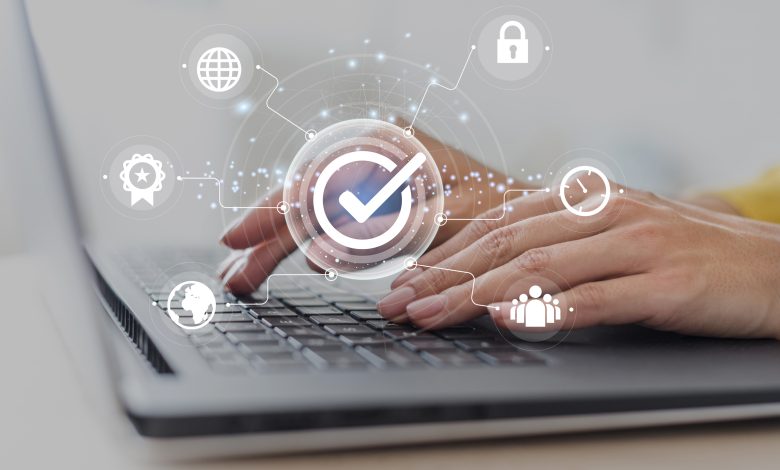What is the relationship between technology and cyber security

The relationship between technology and cybersecurity is deeply interconnected. As technology advances, the need for robust cybersecurity measures increases. Here’s an overview of how they relate to each other:
1. Technology Drives the Need for Cybersecurity
Increased Connectivity: The proliferation of internet-connected devices (IoT, smartphones, computers, etc.) increases the risk of cyberattacks. Each new device or technology creates potential vulnerabilities that hackers can exploit.
Digital Transformation: As businesses adopt digital tools (cloud computing, big data, AI), they handle more sensitive information, increasing the need to protect data from breaches.
Evolving Threats: Technology evolves rapidly, and so do the methods of cybercriminals. Cybersecurity must constantly keep up with the latest technologies to identify and mitigate emerging threats like ransomware, phishing, and advanced persistent threats (APTs).
2. Cybersecurity Protects Technological Advancements
Data Privacy and Integrity: Cybersecurity ensures that personal and business data remain private and unaltered, protecting sensitive information like financial records, personal details, and intellectual property from unauthorized access.
Safeguarding Infrastructure: Modern infrastructure (power grids, hospitals, financial systems) relies heavily on technology. Cybersecurity protects critical infrastructure from potential disruptions caused by attacks such as malware, hacking, or distributed denial-of-service (DDoS) attacks.
Trust in Technology: A strong cybersecurity framework fosters trust in technology. Users and organizations are more likely to adopt new technologies when they trust that their data and systems are safe from cyber threats.
3. Technological Advancements Enable Cybersecurity
Artificial Intelligence (AI) and Machine Learning (ML): AI and ML are increasingly used to detect anomalies and patterns in network traffic, identify malware, and predict potential cyber threats. These technologies allow for faster response times and more efficient threat detection.
Encryption: Advances in cryptography, like end-to-end encryption and secure communication protocols, help ensure the confidentiality and integrity of sensitive data.
Blockchain Technology: Blockchain’s decentralized nature provides a secure way to record transactions, verify identities, and ensure data integrity. This technology is being explored for cybersecurity solutions in financial services and supply chain security.
Automation: Automated cybersecurity tools can help organizations quickly identify and respond to threats, reducing the burden on human cybersecurity professionals. This is particularly important for large-scale environments with complex networks.
4. Technology Creates New Cybersecurity Challenges
Internet of Things (IoT): With billions of interconnected devices, IoT devices often have weak security configurations, making them a prime target for cyberattacks. Managing and securing these devices is a major challenge.
Cloud Computing: The shift to cloud computing presents new security challenges, as organizations must secure data stored and processed on remote servers, and manage access across diverse locations.
Quantum Computing: As quantum computing becomes a reality, traditional encryption methods might become obsolete. Cybersecurity experts are now researching quantum-resistant algorithms to prepare for future threats.
5. Cybersecurity as an Enabler of Technological Growth
Innovation and Security: Cybersecurity is not just a protective layer but an enabler of innovation. When cybersecurity is integrated into the design of new technologies, it allows for safe innovation without compromising security.
Compliance and Regulations: Governments and industries are increasingly enforcing strict cybersecurity regulations to ensure the safe use of technology .
6. The Human Factor in Cybersecurity
Training and Awareness: As technology evolves, humans remain the weakest link in cybersecurity. Phishing attacks, social engineering, and other tactics often exploit human error. Continuous training is necessary to ensure that people understand the risks and act securely when using technology.
The relationship between technology and cybersecurity is symbiotic. Technological innovation fuels the need for advanced cybersecurity solutions, while cybersecurity allows technology to thrive by protecting users, data, and infrastructure. As technology continues to evolve, so must cybersecurity to address emerging threats and vulnerabilities. Both fields are constantly pushing each other to adapt, evolve, and improve.


